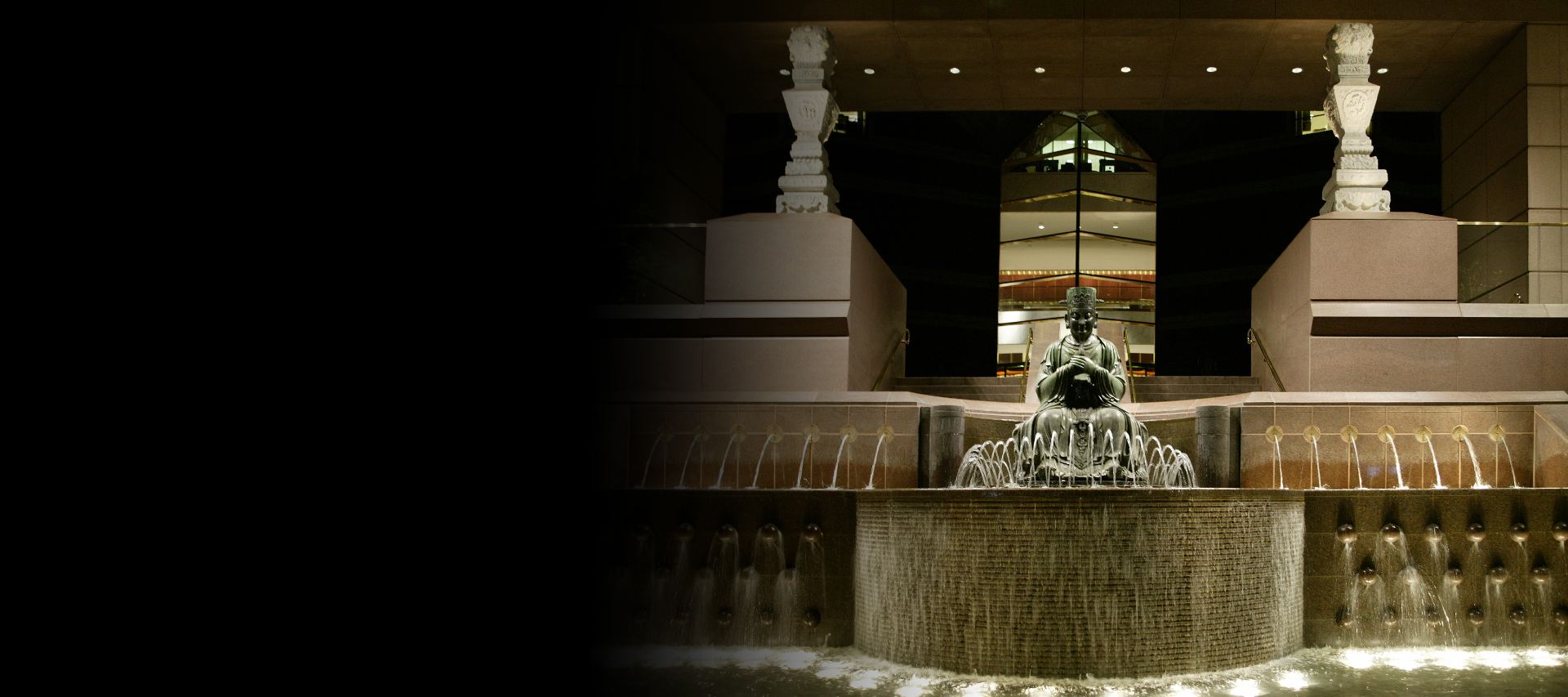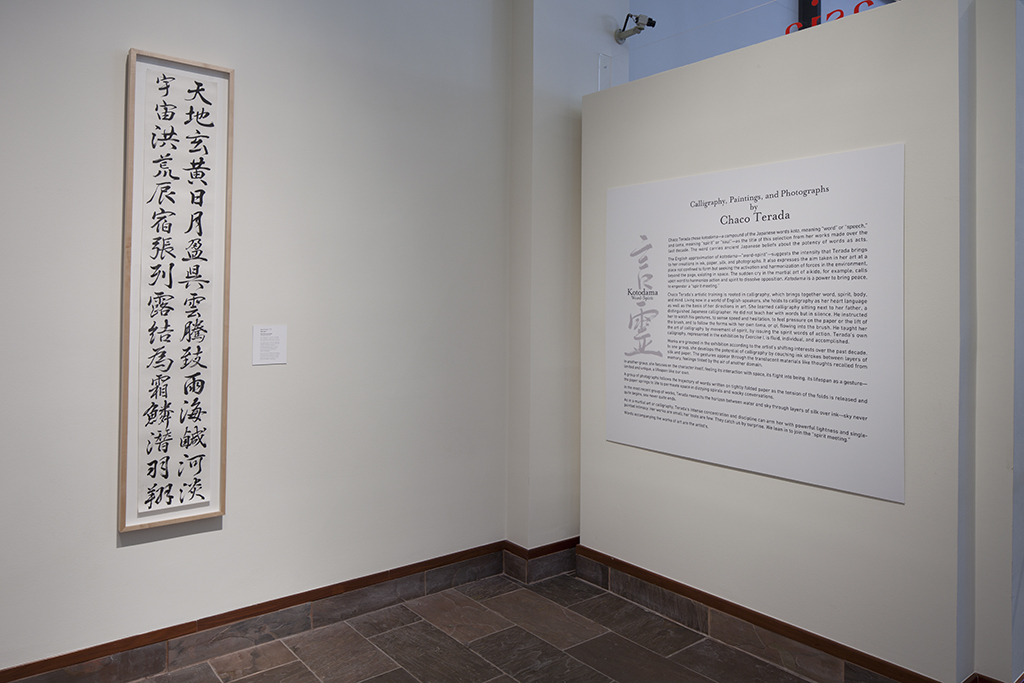

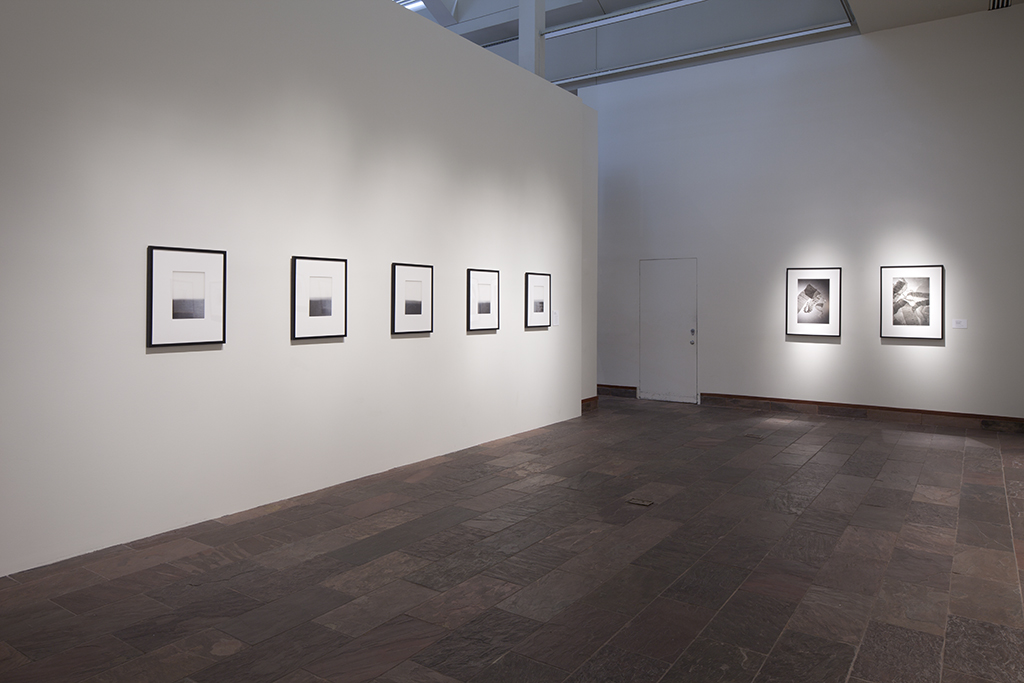
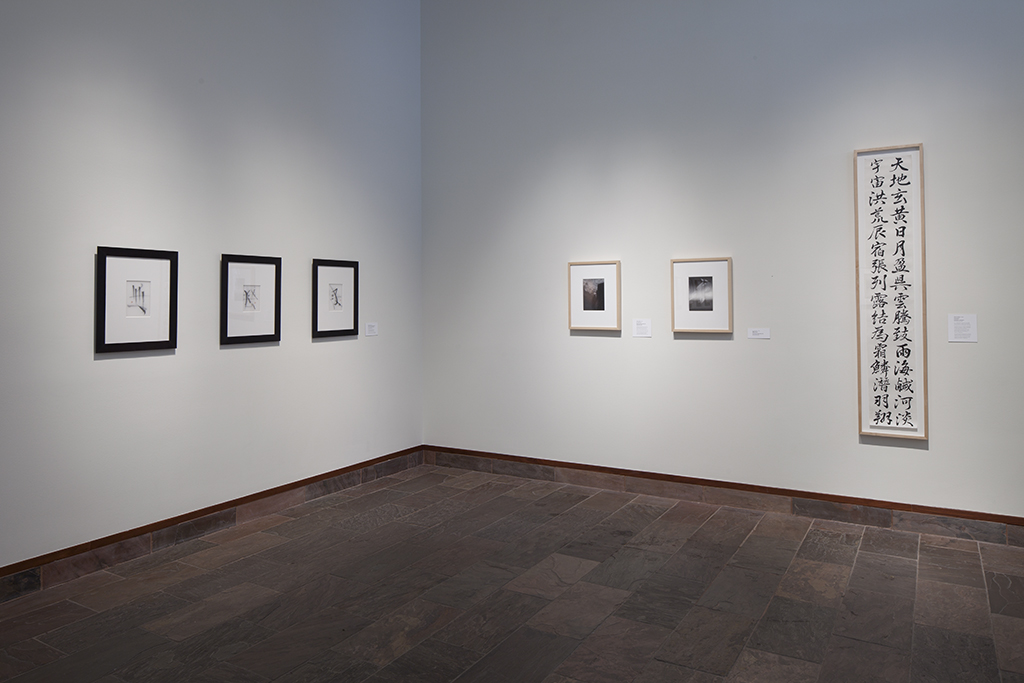
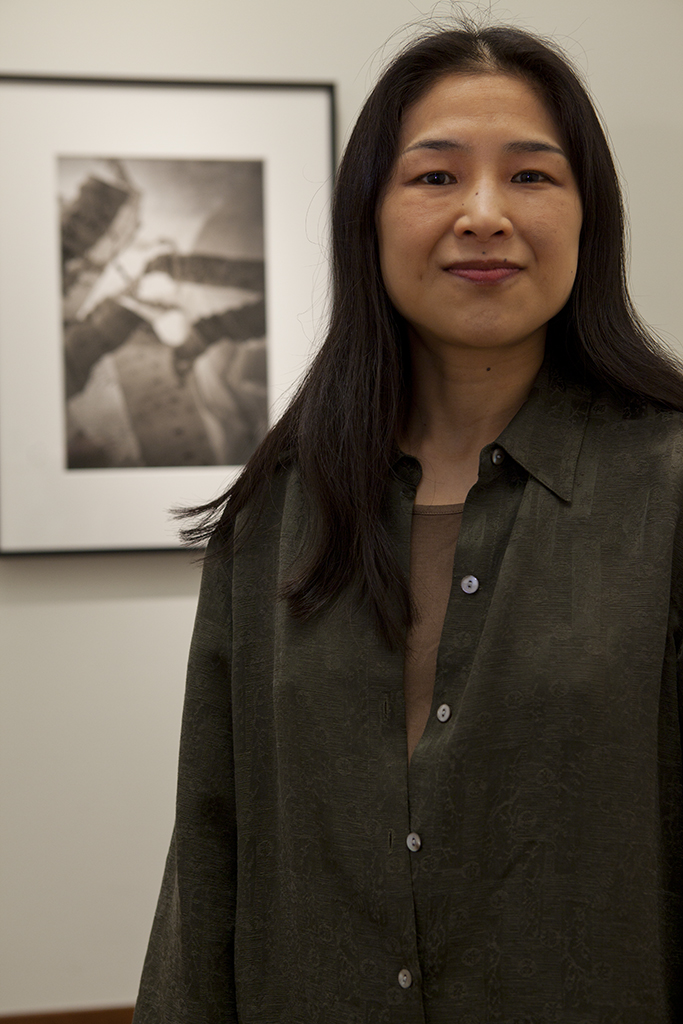
Chaco Teraada chose Kotodama—a compound of koto (meaning “word” or “speech”) and tama (meaning “spirit” or “soul”)—for the title of the small retrospective of her work over the past decade on view this spring at the Crow Collection of Asian Art. The words embody an ancient Japanese belief that spiritual power lives in language. In Japanese martial arts, belief in kotodama gives rise to the kiai, or “battle cry,” in aikido; language power is called upon to harmonize mind and body to the task at hand. This alignment of force and technique is also referred to as a “spirit meeting.”
Terada, living in a culture where English is the common tongue, experiences the sensation of kotodama—the spiritual power of words—in calligraphy, where she comes back to the language of her heart. From calligraphy, she has extended this power to other art forms using photography and ink and color on paper and silk. For Terada, kotodama is the feeling that guides her brush, harmonizing body, spirit, and action.
Terada learned calligraphy sitting next to her father, a distinguished Japanese calligrapher. He did not teach her with words but in silence. He instructed her to watch his gestures, to sense speed and hesitation, to feel pressure on the paper or the lift of the brush, and to follow the forms with her own tama, or “qi,” flowing into the brush. He taught her the art of calligraphy by movement of spirit, by issuing the sound of spirit in action. Terada’s own calligraphy, represented in the exhibition by Exercise I, is accomplished and spirited, and it remains her understanding of art, although her media have assumed new roles.
Wanting to explore possibilities of ink, paper, and silk, she moved from calligraphy to couching ink-strokes between layers of silk and paper, revealing the gesture through translucent materials—like thoughts recalled from memory, feelings tinted in another place of awareness. In another group of works on view, she focuses on the character itself, feeling its interaction with space, its flight into being, its lifespan as gesture as limited and unique, a lifespan like our own. One group of photographs follows the trajectory of words written on tightly folded paper as the tension of the folds is released and the paper springs to life to permeate space in dizzying spirals and wacky conversations. In the most recent group of works, she reenacts the horizon between water and sky through layers of silk over ink—sky never quite begins, sea never quite ends.
As in a martial art or calligraphy, Terada’s intense concentration and discipline can arm her with powerful lightness, single-pointed intimacy, and harmony. Her works are small, her tools few. They catch us by surprise. We lean in to join the “spirit meeting.”
